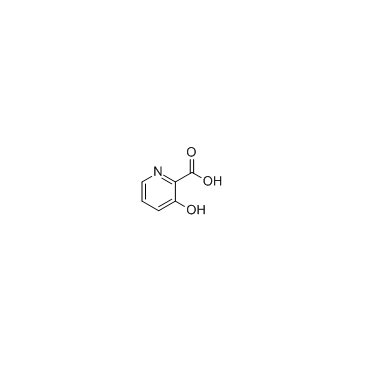Ultraviolet/matrix-assisted laser desorption/ionization mass spectrometric characterization of 2,5-dihydroxybenzoic acid-induced reductive hydrogenation of oligonucleotides on cytosine residues.
J M Koomen, D H Russell
文献索引:J. Mass Spectrom. 35(8) , 1025-34, (2000)
全文:HTML全文
摘要
The changes in the ion signals in the isotope cluster, mass resolution, signal-to-noise ratio and mass accuracy for matrix-assisted laser desorption/ionization (MALDI) of DNA oligonucleotides (dGGATC, dCAGCt, and dAACCGTT) and their fragment ions were evaluated, and these data were compared with those obtained using 3-hydroxypicolinic acid. Mass spectra obtained by using 2,5-dihydroxybenzoic acid (2,5-DHB) appear to have differences from the theoretical isotopic clusters, which arise by reductive hydrogenation producing a second peak at the M + 2 isotope of the native oligonucleotide. Based on the patterns of the isotopic envelope observed in the in-source decay fragments, we propose that cytosine is the site of reduction. We do not find evidence of reduction of oligonucleotides, viz. dTGGGGTT, that do not contain cytosine; however, 2'-deoxycytidine and 2'-deoxycytidine-5'-monophosphate undergo reductive hydrogenation. Several experiments were carried out in an effort to determine whether the reductive hydrogenation occurs during sample preparation or as a result of laser irradiation. The results of these experiments suggest that it occurs during sample preparation. The relative intensities of ion signals corresponding to the reduced base can be altered by using different matrix additives (aminonaphthalenes) or a different substrate (copper). Also, the oxidized form of 2,5-DHB is trapped by reaction with the side chain of cysteine in glutathione, providing evidence that the reaction occurs in solution as the matrix crystallizes.Copyright 2000 John Wiley & Sons, Ltd.
相关化合物
| 结构式 | 名称/CAS号 | 分子式 | 全部文献 |
|---|---|---|---|
 |
3-羟基-2-吡啶甲酸
CAS:874-24-8 |
C6H5NO3 |
|
Synthesis of PS/PO-chimeric oligonucleotides using mixed oxa...
2015-01-07 [Org. Biomol. Chem. 13(1) , 269-76, (2014)] |
|
Electrochemiluminescent DNA sensor based on controlled Zn-me...
2015-07-01 [Anal. Bioanal. Chem 407 , 5579-86, (2015)] |
|
Identifying chelators for metalloprotein inhibitors using a ...
2011-01-27 [J. Med. Chem. 54 , 591-602, (2011)] |
|
Spectrophotometric study of the complexation equilibria of i...
1993-01-01 [J. Chem. Technol. Biotechnol. 58(3) , 231-6, (1993)] |
|
Antimycobacterial and antifungal isosters of salicylamides.
2003-08-01 [Arch. Pharm. (Weinheim) 336(6-7) , 322-35, (2003)] |